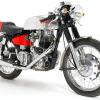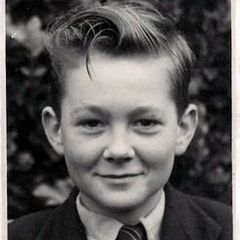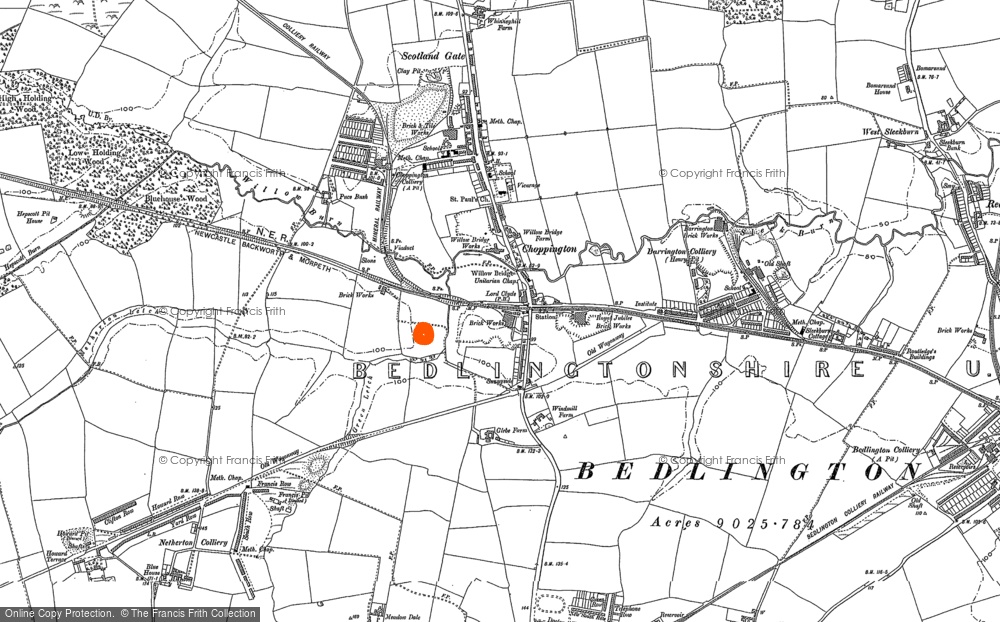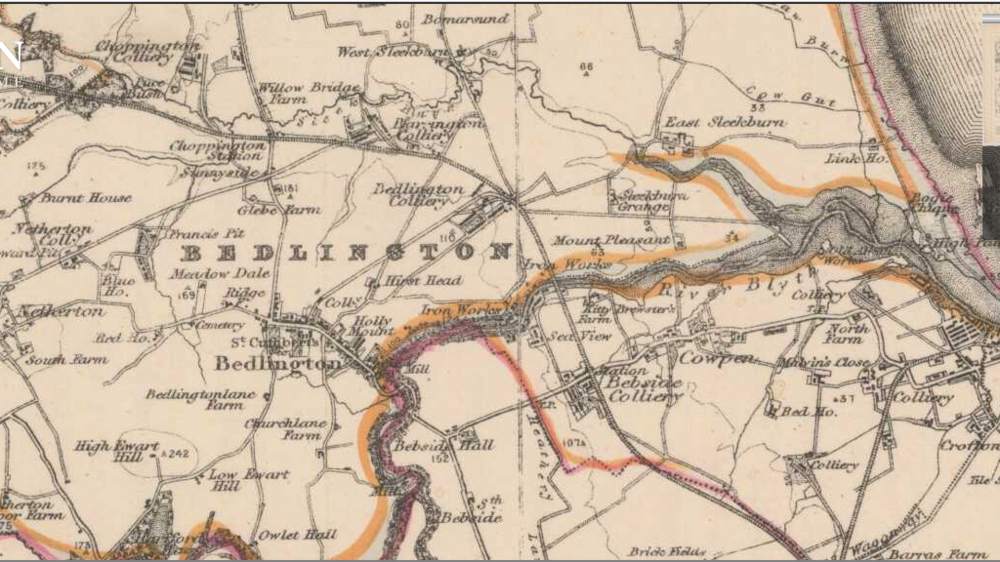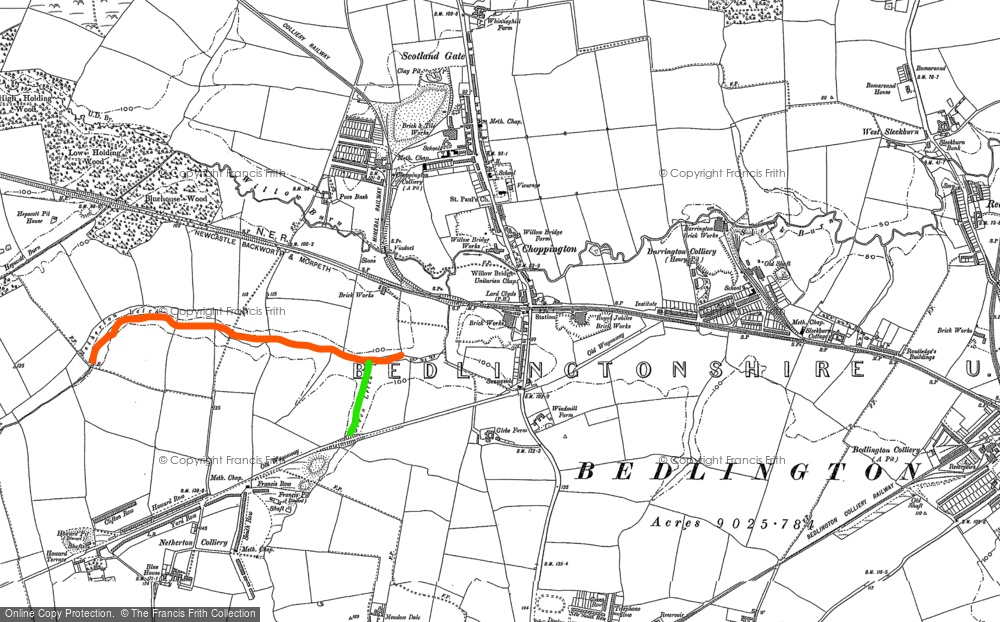Contributor Leaderboard
Popular Content
Showing content with the highest reputation on 26/05/21 in all areas
-
Waatcheor lilbill15! As everybody on the forum knaas, aal my recollections of my Childhood and comments on mining years, are totally and explicitly from memory, with nae references whatsoever taken from books, other than things like the Spec of Bucyrus Eerie, The Draglines, at Ewart Hill, then later, Acorn Bank Opencast Coal Sites. Thanks fo ya kind words, Marra, my time is being taken now, caring for my Disabled Wife, 24/7,so my book has been on hold for a lang time, Book one has been finished for a year or two, which Chronicles my life from as young as Two and a half yrs old, until I leave school aged 15yrs,and begin a new life un an adult world, starting to work underground in the Coalmines. Book Two is also finished, and tells of my early life as a young miner in an atrocious, hostile, wet, rough, environment, down Choppington B Colliery, otherwise known as "The High Pit" (as opposed to it's Sister Pit at Scotland Gate, known as Choppington A Colliery, ((The Low Pit)))... both Pits connected by a dead straight railway line, nearly a mile long). I am busy writing book three, which tells of my years at Bedlington A Colliery, and which will, hopefully tell of my years at Bates Colliery, and finally, Ashington Colliery, when, in 1987,I was made redundant when the thatcher the hatcheter government, nailed the coffin lid on the Mining Industry, and closed Ashington Colliery down. I got re-trained as a Cabinet Maker, and went on to make very expensive hand made furniture, until a bad accident to my hand put me out of action, as well as health problems with my breathing, etc, due to Mining dust on my lungs, COPD etc. So if a ivvor get me life story finished.. it'll be interesting, seeing as half of my Marras in my book are sadly now deceased, and CoalMining is a forgotten piece of History.. kids now have never heard of Coal, and wouldn't know what it looked like if ye gave them a cobble, or a treble.. or a single, for that matter!! Noo hadaway an get ya pipe.. ye'll be be scranny by noo!! Heh heh! Cheers! Bill (aka HPW).2 points
-
I'll look forward to seeing them! It must be at least 40 years since I was anywhere near.1 point
-
1 point
-
Someday soon, when the weather is right, Me’nMax are going to follow that little line from close to Ewart Hill to the Sleekburn junction, taking a picnic and iPhone to record the events and send you some pics xx1 point
-
1 point
-
1 point
-
You’re not wrong in thinking that the green letch has its origin near Ewart Hill and that it runs north towards Red House passing west Lea cemetery on the west - causing havoc with flooding at times - before reaching the eastern outskirts of Netherton Colliery. It then continued past the Francis pit where the ravine was very deep. At that point, there was a small wooden bridge crossing the letch and leading onward was a footpath which terminated at Northumberland and Westmorland Avenues. It terrified me as a child as it was so deep. Passing the Francis pit workings the Green letch continued north east to eventually join forces with the Netherton Letch. I’ll let it be unsaid which name the letch took after that point but I’m inclined towards Green flowing towards Willow Bridge. Here’s a map from 1886 showing its whole course between Ewart Hill and its merging with the Netherton Letch. It’s named on the map and I’ve tried to leave that visible for you. The direction of the flow is also shown (south to north) but it was difficult to keep that. If you’d like to see the map without markings I can post it for you or send it to you by direct message.1 point
-
HPW -OCR = Optical Character Recognition has been around for years - we had an OCR machine on the Longbenton DHSS site in the 1970's. It was used to read all the 'GIRO's, issued for all Benefit payments, and cashed at the Post Offices. Even though the relevant details were were typed on the GIROs the OCR system still had a few problems identifying all the characters and there were two teams of staff - working 09:00 to 17:00 & 17:00 to 01:00 - to input the details from the rejected OCR input GIROs onto the computer system so that the reconciliation process of all the Benefit payments could be completed. The following are not my words but 'copy & paste' from The Gaurdian online article :- How can I convert my handwritten notes into Word documents? Michael has a large pile of handwritten notepads that he would like to convert into Microsoft Word documents Your handwritten notes would be more useful in Microsoft Word format because you could do lots of things with them. Photograph: Acestock/Alamy Jack Schofield Thu 18 Dec 2014 16.19 GMT 32 The idea of converting written or printed text into digital text is generally called OCR for optical character recognition, and it has similar problems to speech recognition. That is to say, if the input is close to perfect, the output can also be close to perfect. But in practice, it works best when dealing with restricted inputs and/or limited domains. For example, it’s possible to recognise the English names for numbers and the names of major UK cities, especially if you can get people to write each letter in its own little box. The same software wouldn’t have the domain expertise to cope with a Russian-speaking coroner who liked to include Sanskrit quotations in his handwritten autopsies. Handwriting matters OCR works best with high-quality printed materials and worst of all with handwriting, so you’re not starting from the best position. In my experience, you can only get handwriting recognition to work well enough by doing it in real time. That enables you to train the software to recognise your input, while the software also trains you to write characters in ways that it can understand. I’ve had some success with this approach, starting more than a decade ago with Microsoft OneNote (which can also record your voice in sync) running on Windows XP Tablet Edition, and more recently with a Livescribe Echo digital pen and MyScript software. However, all this has more to do with keyboard replacement strategies than with OCR. It’s generally agreed that the best OCR programs are Abbyy FineReader (£99) and Nuance’s OmniPage 18 (£79.99) and Ultimate (£169.99), though neither is suitable for cursive handwriting recognition. Both companies offer free trial versions so you can test them before you splash out. There’s also CharacTell’s SoftWriting ($49.95), which the company says is for students taking notes in class and professionals taking notes in meetings. But it also says it is designed “for recognising non-connected handwriting and machine-printed text” (their emphasis) so I wouldn’t bet on it reading your handwritten notes. Like most if not all the programs in this field, SoftWriting has to be trained to recognise your handwriting. When it is processing a document, it will present you with words it doesn’t recognise, so that you can tell it what they are. If you have 250 words on a page and the program miraculously gets 90% of them right, you will still have to correct 25 words. If you want to try a few pages as an experiment, then you can download FreeOCR for Windows, though be careful not to install any crapware that may be included. FreeOCR is based on the widely used Tesseract OCR engine, which was originally developed by Hewlett-Packard in England in the 1980s. HP made it open source in 2005, and Google now maintains the source code. You can also use FreeOCR online by uploading PDF files to free-ocr.com. Google Docs and various other services also use the same Tesseract OCR engine. Wikipedia warns that “Tesseract’s output will be very poor quality if the input images are not preprocessed to suit it: Images (especially screenshots) must be scaled up such that the text x-height is at least 20 pixels, any rotation or skew must be corrected or no text will be recognized, low-frequency changes in brightness must be high-pass filtered, or Tesseract’s binarization stage will destroy much of the page, and dark borders must be manually removed, or they will be misinterpreted as characters.” PDFs and scanners Your handwritten notes would be more useful in Microsoft Word format because you could do lots of things with them. For example, you could change the typeface, size and spacing, correct and amend your notes, add illustrations, and so on. But unless you have extremely neat, clear and very consistent handwriting, that probably won’t be possible. Instead, think about converting them to high-quality, scanned PDF files that you can store on a hard drive or in the cloud. You can feed these PDF files to OCR software and hope that it will recognize enough words to make your notes searchable. If not, you will probably have to tag them manually. Either way, if someone does come up with an OCR program that can read your handwriting – not impossible, though I’ve already waited 30 years for one – you will be ready with sharp PDF files, rather than curling originals where the paper has aged and the ink has faded. Of course, if you are going to scan your notes then you must already have a scanner, or be prepared to buy one. A cheap Epson or Canon flat-bed scanner should give good results, though it is time-consuming to scan a lot of pages. If you intend to do a lot of scanning, consider a sheet-fed model like the Brother ADS-2100 (from £222). You can also get scanners that include OCR, such as Fujitsu ScanSnap iX500 Duplex (from £352), which scans both sides of the paper at once. (The scanner’s OCR software usually runs on your PC.) Scanning services If you have to buy a decent scanner and perhaps good quality OCR software for a one-off project, add up the cost and divide it by the number of pages of notes to find the cost per page. It’s a boring job, so perhaps you should add the cost of your time. The result might prompt you to abandon the whole idea, or start looking for a company to do it for you. Most of the companies that provide scanning services cater for businesses that need to clear away large volumes of paper records. However, some cater for low-volume and home users. One example is Oxford-based Scanning Geeks, which charges 25p per page for documents up to A3 in size. (One page means one side of a page.) They can do OCR (“Textual Data Capture”) as well. Ideally, find a good local company where you can drop off your notes securely and collect them afterwards. It’s an expensive route if you have lots of paper: it could cost £3,000 to scan the contents of a four-drawer filing cabinet. But if you only have 100 to 500 pages of notes to scan, it could be the best option.1 point
-
1 point
-
I believe they are earthworks created when the Francis pit shaft was sunk.1 point
-
As an afterthought, the problem I have noo, wi getting my book published, is, a started writing with pen and paper, longhand, before I became Computer literate, and noo have more than 600 pages written! Hoo cud a get aal that published? A think it might be best to create authenticity, by scanning every page of my book, and somehow getting a Publisher to put it all together, like an ancient greek manuscript!! What do you think folks?!! Cheers HPW.1 point
-
Could it be the remains of Choppington Brickworks? It's just a small dot behind the Lord Clyde pub (above centre) on this 1896 map of the greater area of Netherton, Choppington and Barrington. As you can see, there are Brickworks the length of Choppington Road. Probably half of Bedlington is built of bricks from here. I know that the newer rows: First-, Second-, Plessey- and Third Street were. Here's a close up. I'm afraid I don't know from which year. If the remains are very near the Choppington road it's most likely to be this. There wasn't much remaining of the Francis pit houses when I grew up in the 50's. Only their gardens remained as allotments behind the new First Street.1 point
-
@HIGH PIT WILMA if you haven’t published yet it’s high time you did. Your beautiful description of the site and especially the movement of the machine is almost poetic, while reading it I could see it as if I was there. Who needs dvds when such graphic written records are available. I’ll be looking for more of your posts during my rummagings in Bedlington then and now, if that’s ok. x1 point

.thumb.jpg.7493ddab4a696108cf2b849323d3c155.jpg)
